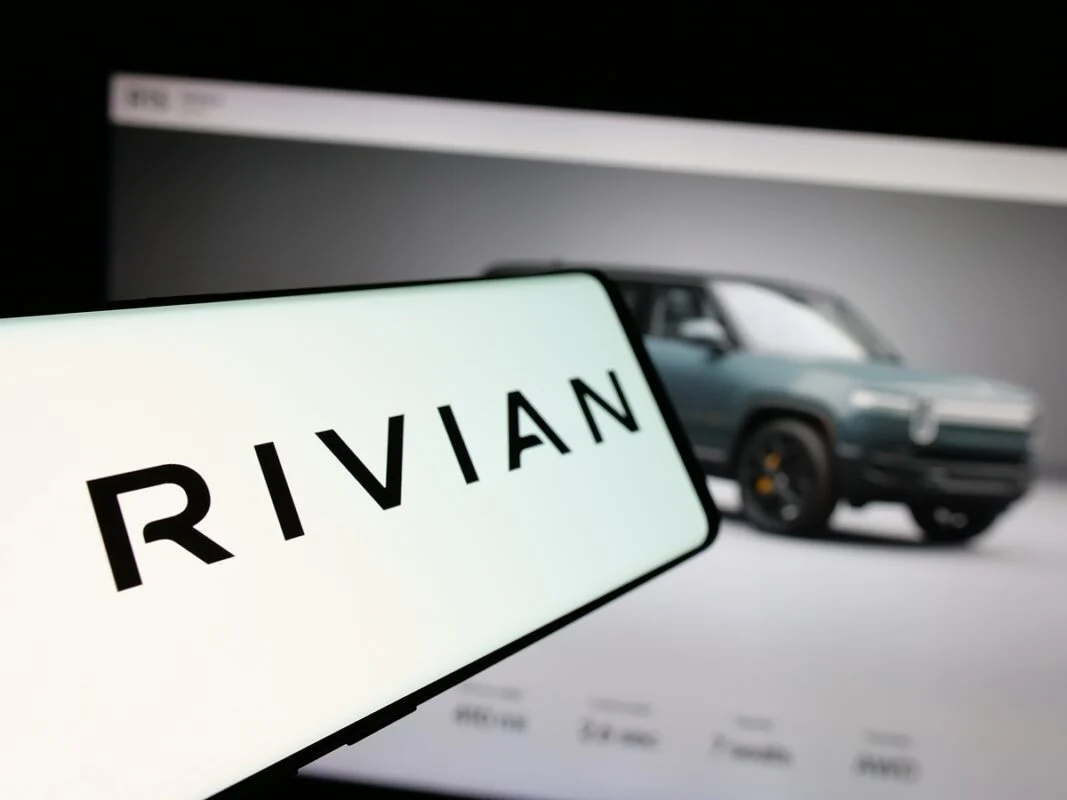TLDR
- Rivian is cutting its workforce by 4.5%, affecting nearly 700 employees out of almost 15,000 total staff
- The company settled a 2022 securities class action lawsuit for $250 million while denying wrongdoing
- Rivian expects to sell only 43,000 vehicles this year, far below the 116,000 Wall Street projected two years ago
- The $7,500 federal EV tax credit expired in September, making it harder to sell electric vehicles
- Settlement will be paid through insurance and cash on hand, allowing focus on R2 vehicle launch in 2026
Rivian CEO R.J. Scaringe sent a memo to employees Thursday announcing plans to reduce the company’s workforce by about 4.5%. The cuts will impact nearly 700 workers from a total staff of almost 15,000 at the end of 2024.
The changes target vehicle operations, service, and marketing organizations. “These are not changes that were made lightly,” Scaringe wrote in the note. “With the changing operating backdrop, we had to rethink how we are scaling our go-to-market functions.”
Shares edged up 0.2% in premarket trading to $13.12. The stock is down about 2% year-to-date but up 29% over the past 12 months.
The job cuts come as Rivian announced a separate $250 million settlement of a securities class action lawsuit from 2022. The litigation was pending in the United States District Court for the Central District of California.
Rivian denies any wrongdoing in the case. The settlement allows the company to focus resources on launching its mass market R2 vehicle in the first half of 2026.
The payment will come from a combination of insurance coverage and cash on hand. The settlement requires court approval before becoming final.
Sales Miss Wall Street Targets
Rivian expects to sell about 43,000 EVs this year. That’s a huge miss from the 116,000 vehicles Wall Street projected just two years ago.
The company isn’t expected to generate positive gross profits in 2025. Analysts had forecast $1.3 billion in gross profits two years ago.
Slower-than-expected EV adoption has put a ceiling on sales. The loss of the $7,500 federal EV purchase tax credit, which expired in September, makes selling vehicles even harder.
Ford CEO Jim Farley said Thursday that EVs now account for about 5% of U.S. new car demand. That’s down from a recent 10% level.
Growth beyond that level will depend on cheaper EVs with starting prices around $30,000. Farley noted that changing environmental standards would ease the need to sell electrified vehicles for compliance purposes.
Industry Faces Pressure
The pain extends beyond Rivian. General Motors took a $1.6 billion charge earlier this month to write down EV investments.
Ford took $500 million in charges related to EV programs and battery capacity back in July. Even Tesla, which sold a record number of EVs in the third quarter, saw operating profit margins fall to 5.8% from 10.8% a year earlier.
“The competition is getting tougher…Chinese auto makers are expanding globally,” Farley said Thursday. “And the industry faces lower returns due to EV overcapacity and global pressures.”
The R2 vehicle represents Rivian’s push into the mass market. The lower-cost SUV is due out in 2026 and is expected to boost sales volumes.
Rivian’s average trading volume stands at 43.9 million shares with a current market cap of $15.68 billion. The technical sentiment signal shows Sell.






